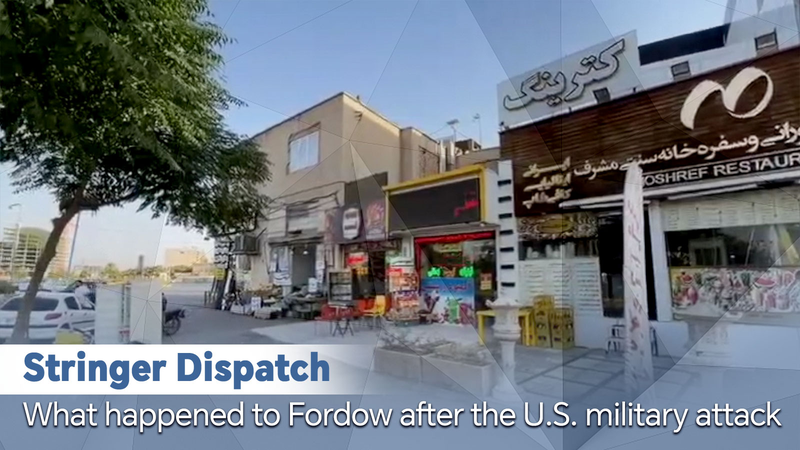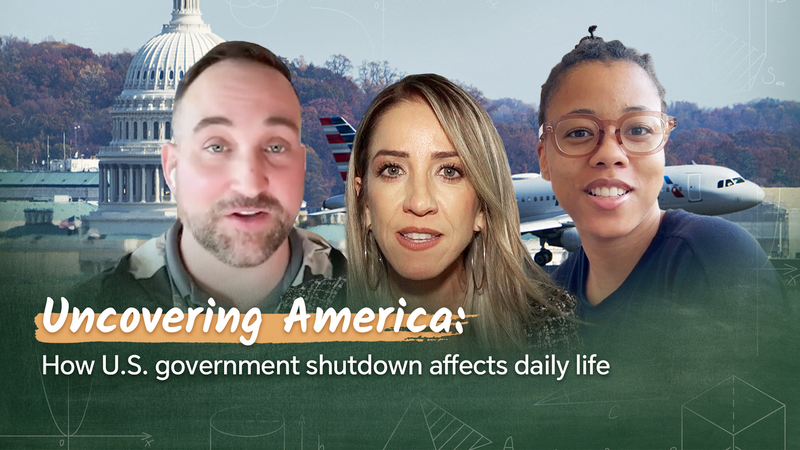On June 21, U.S. President Donald Trump announced on social media that American forces had successfully struck three Iranian nuclear facilities: Fordow, Natanz, and Isfahan. The claim set alarm bells ringing across global media, prompting questions about the actual impact on the covert underground sites.
Yet just 24 hours later, Mohammad Manan Raisi, an Iranian parliament member from Qom, downplayed the extent of the damage at Fordow. Speaking to Tasnim News Agency, Raisi explained that most of the impact was limited to surface structures — damage that, by his account, can be swiftly repaired. He emphasized that the core of the facility remains intact, adding that Fordow’s underground vaults were built to withstand far worse.
Meanwhile, footage from CGTN Stringer offers a window into daily life around Fordow in Qom Province. Residents are seen going about their routines — tending to shops, commuting to work, and sharing meals with neighbors — with little sign of panic over potential nuclear fallout. This calm suggests a local population accustomed to the facility’s presence and confident in its resilience.
Here’s what we know so far:
- Announcement vs. Reality: Trump’s social media post named Fordow among three struck sites, but local officials say key infrastructure survived.
- Surface Damage: According to Raisi, only non-critical, aboveground parts were hit.
- Community Response: CGTN footage shows normalcy in nearby towns, with no mass evacuations or public unrest.
For young global citizens and tech entrepreneurs tracking security trends, Fordow’s rebound highlights how underground facilities can absorb shocks — a reminder of the interplay between military action, infrastructure design, and public perception. As the story unfolds, keep an eye on independent observers and satellite data to see if further evidence emerges on both the ground and in official statements.
Stay tuned as we follow this developing story and break down its implications for nuclear policy, regional stability, and the communities living in the shadow of strategic sites.
Reference(s):
cgtn.com




